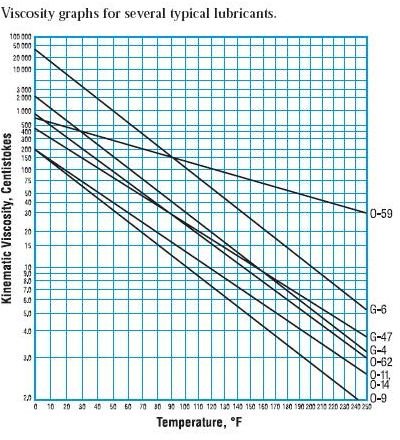Lubrication of Rolling Element Bearings
Lubrication is the life blood of any mechanical system that rotates. A Bearing which is normally termed as the “heart” of any system will cease to work without the “life blood” – Lubricant. Lubrication of the rolling element bearings is very much essential for its proper performance.
Need for lubrication in a Rolling Element Bearing:
· The lubricant acts as a barrier between the rolling elements and races by creating a lubricant film that prevents metal to metal contact between them.
· Required for the reduction of wear in the bearings.
· Prevents oxidation of the steel parts of the bearing and hence corrosion in them.
· The lubricant acts as a heat transfer agent, it transfers the heat produced in the bearing to the oil sump and thereby keeps the bearing temperature under control.
Hence the selection of the lubricant for the bearings is a vital role for the designer. The selection of the type of lubricant is normally confined to a few variants of the lubricants. The bearings are lubricated by three types of lubricants namely,
- Fluid Lubricants –These are the normal “oils” what we use for lubrication. The base of the lubricants can be mineral based or synthetic based.
- Greases – These are semi-solid to solid oil based lubricants which consist of oil and a thickening agent.
- Dry Lubricants – These types of lubricants are available quite lesser in nature and are more confined to light load and moderate operating speed of the bearings.
Selection Criterion for Lubricants:
The selection of the lubricant for a rolling element bearing requires meticulous attention. Lubricant selection is another critical area of concern for any designer. The most significant factors that are to be considered for the selection of lubricant for a rolling element bearing are
- Viscosity of the lubricant at the operating temperature of the bearing. The viscosity of the lubricant is ought to be maintained to the required level for the creation of a lubrication film. At elevated temperatures the viscosity of the lubricant drops down. This has to be ensured by the designer that the viscosity of the lubricant at the operating temperature is at the optimum level. This is normally done with the help of a viscosity chart that is provided by a lubricant manufacturer.
-
The maximum and minimum operating temperature of the lubricant should also be considered. In certain cases it could be necessary for the bearing to operate at sub zero temperatures and if the lubricant gets solidified at this temperature it cannot lubricate the bearing. The same case applies at elevated or high temperature where the lubricant losses all its viscosity and cannot lubricate.
-
The operating speed of the bearing is also to be considered because a hydrodynamic fluid lubrication is created due to the rotational speed of the rolling elements of the bearing. The hydrodynamic action is very much required for the non-contacting of the bearing elements between each other during working.
This post is part of the series: Selection of Rolling Element Bearings
This article deals with the important terminologies we need to know about for the selection of a rolling element bearing. These terms like axial and radial loads, Static Load carrying capacity, Dynamic Load carrying capacity, etc are explained in detail.
- Selection of Rolling Element Bearings – Part 1
- Selection of Rolling Element Bearing - Part 2
- Selection of Rolling Element Bearings - Part 3
- Lubrication of Rolling Element Bearings
- Selection of Rolling Element Bearings - Part 4
- Selection of Rolling Element Bearings - Part 5
- Selection of Rolling Element Bearings – Part 6
